Key takeaways:
- Identifying waste sources, such as trimming, flawed materials, and measurement errors, is essential for enhancing efficiency and sustainability in thermoforming.
- Implementing design changes, such as tighter tolerances and early collaboration with design teams, significantly reduces waste and improves production outcomes.
- Tracking waste reduction results and incorporating continuous improvement strategies, like the PDCA cycle and employee feedback, fosters a culture of accountability and innovation within the team.
Understanding thermoforming waste
Understanding thermoforming waste is crucial for anyone involved in production. I remember the first time I watched a thermoforming session unfold – the sight of excess plastic being trimmed off reminded me of how much material simply doesn’t make the cut. It struck me then: How much could we save if we understood waste better?
One surprising fact about thermoforming is that the waste doesn’t just stem from the trimming process; it can also arise from flawed sheets or miscalculations during manufacturing. Have you ever had a project derailed by a simple measurement error? Those fleeting moments can lead to a significant amount of lost materials. In my experience, every misestimate taught me to value precision more than ever.
Moreover, it’s important to consider the environmental impact of this waste. My frustration grew each time I saw piles of plastic discarded simply because they were deemed unusable. I began to ask myself, “What can I do differently to minimize this waste?” The pursuit for solutions is not just about efficiency; it’s a passion for sustainability that drives me to innovate better practices in the industry.
Identifying key waste sources
Identifying key waste sources in thermoforming involves examining both operational practices and material characteristics. I often found that the initial material choices played a huge role in waste generation. For instance, when I experimented with different types of plastics, I quickly realized that some materials were challenging to work with, resulting in excessive scrap. This eye-opening moment highlighted the importance of selecting the right material from the start, as it can dramatically influence efficiency and waste levels.
Here are common sources of waste I identified in my processes:
- Material Trimming: Excess material removed during finishing.
- Flawed Sheets: Defective material that fails quality checks.
- Inaccurate Measurements: Mistakes in cutting or forming dimensions.
- Operational Errors: Human errors during setup or handling of materials.
- Overproduction: Producing more items than demanded.
Reflecting on these factors, I found that by closely scrutinizing each stage of my workflow, I could strategically reduce waste. Every time I adjusted practices based on these insights, it created a ripple effect that ultimately enhanced our production outcomes.
Implementing design changes
Implementing design changes can significantly enhance efficiency in thermoforming, and I’ve seen this firsthand. By revisiting the design of our products, I discovered opportunities to minimize material waste. For instance, redesigning molds to have tighter tolerances meant less excess material needed to be trimmed away. I remember the excitement when I realized that a small change in the shape of a component allowed for a reduction in scrap rates, which not only improved our bottom line but also aligned with our sustainability goals.
When we adopted a more integrative approach to design, the results were remarkable. By collaborating with the design team early in the process, we could create prototypes that lended themselves to better material usage. This collaboration was a game-changer; I felt a real sense of camaraderie building among my colleagues as we all aimed at a common goal—less waste and higher efficiency. Watching our collective effort lead to tangible results ignited a passion for continuous improvement.
Moreover, the feedback loop we established allowed us to iterate on designs quickly. By gathering insights from production and field testing, we could adapt designs based on real-world performance. I vividly recall a particular instance where a simple redesign based on operator feedback resulted in a significant decrease in production errors. It became clear to me that empowering the team to contribute ideas made all the difference in implementing effective design changes.
| Design Change | Impact on Waste |
|---|---|
| Tighter Tolerances | Reduced scrap material significantly. |
| Early Collaboration | Improved design efficiency and material usage. |
| Feedback Loop | Enabled quick iterations leading to fewer production errors. |
Optimizing material usage
One of the most effective strategies I employed to optimize material usage was the meticulous analysis of our cutting layouts. I remember feeling quite proud when I realized that by rearranging parts on the cutting sheet, I could minimize the gaps between them. This simple adjustment not only saved material but also reduced the energy required in production. Have you ever considered how something so seemingly small can lead to bigger savings in the long run? It was a revelation that transformed our approach to planning.
In my experience, using predictive analytics also played a significant role in material optimization. By analyzing historical data, I could forecast the exact amount of material needed for upcoming projects with impressive accuracy. Initially, I was skeptical about relying on data-driven methods, but once I saw the definitive decrease in our excess purchases, I became a firm believer. It’s fascinating how harnessing technology can turn what used to be guesswork into a calculated science, don’t you think?
Another game-changer was leveraging real-time monitoring during production. I vividly recall the palpable tension in the room when we moved to a system that alerted us about material usage on the fly. It fostered a sense of urgency that spurred everyone into action. Every material inch saved felt like a little victory, and it’s amazing how that collective mindset can shift the culture around waste reduction. This immediate feedback loop empowered us to make instant adjustments, enhancing our efficiency significantly. In what ways do you think real-time monitoring could change your own processes?
Enhancing production efficiency
To truly enhance production efficiency, I found that streamlining workflows was essential. By rearranging our workstation layout, I noticed that the movement of our operators became effortless. This shift reminded me of the joy of a well-synchronized dance; each step had purpose, allowing us to reduce time wasted between tasks significantly. Have you ever experienced that “aha” moment when everything just clicks into place? It sparked so much energy in our team, leading to increased output without the need for extra resources.
Another tactic that proved effective was instituting standardized operating procedures. I still remember the relief of seeing operators following a consistent process; it felt like unveiling a treasure map to efficiency. Clarity in expectations reduced mistakes and rework, allowing us to focus more on value-adding activities. It’s incredible how having a shared framework not only improved productivity but also cultivated a culture of accountability. Do you find that having standards in place fosters more confidence among your teams?
Lastly, I realized the importance of continuous training. Investing time in developing our team’s skills transformed our production line. The first training session I facilitated was met with skepticism, but the growing enthusiasm was palpable as team members began to share their newfound knowledge. They leaned into their roles with more confidence, and I observed a tangible decrease in errors and inefficiencies. Isn’t it fascinating how empowering individuals with knowledge can ripple out to enhance an entire operation? It truly highlighted that production efficiency isn’t just about machines; it’s about people too.
Tracking waste reduction results
Tracking waste reduction results was a turning point in my journey toward sustainability. I vividly remember the first time I compiled our waste data into a user-friendly dashboard. The wheels began to turn in my mind as I saw patterns emerge, like discovering hidden treasures in a messy room. Each data point illuminated areas needing improvement, and it motivated my team to rally around waste reduction goals. Isn’t it amazing how numbers can drive change in a tangible way?
I also implemented regular team reviews of our tracking metrics. During these sessions, I could feel the collective energy in the room shift; we weren’t just discussing numbers, we were celebrating our victories and strategizing on next steps. One memorable instance was when we exceeded our waste reduction target, and the sense of accomplishment was electrifying. Reflecting on our progress fostered engagement and encouraged everyone to contribute ideas. Have you witnessed how revisiting achievements can amplify team morale?
The most profound lesson came when I realized that tracking isn’t merely about the numbers; it’s about storytelling. By sharing our data visually, I created a narrative around our waste reduction journey. This approach transformed our mundane statistics into engaging stories that resonated with the team and stakeholders alike. I fondly recall presenting our results at a company meeting, showing a dramatic decrease in waste that left everyone inspired and excited for future initiatives. How has storytelling shaped the initiatives in your experience?
Continuous improvement strategies
One continuous improvement strategy that truly resonated with me was the implementation of the Plan-Do-Check-Act (PDCA) cycle. I remember introducing this framework to our team during a particularly chaotic production phase. As we set forth plans, executed them, and then meticulously checked our results, it felt like we were tuning a complex instrument together. Each cycle led us to refine our processes, addressing small issues before they became major hurdles. Have you ever felt that satisfaction when a small adjustment leads to a significant improvement?
Encouraging employee feedback was another strategy that proved invaluable. I created a simple process for team members to share their insights and suggestions on daily operations. The first time I read through the suggestions, I was ecstatic to see ideas emerge that I hadn’t even considered. Engaging employees in this way not only gave them ownership of their work but also sparked a wave of innovation that left me feeling inspired. Isn’t it astonishing how the people on the front lines often have the best ideas?
Moreover, incorporating visual management tools was a game changer for us. I recall painting our production floor with colorful charts and diagrams that tracked our improvement efforts. It wasn’t long before everyone in the team would glance at these visuals and instantly grasp where we stood. This transparency created a shared sense of purpose that was palpable; I could sense the excitement in our daily huddles. Have you experienced how visuals can turn data into a shared mission? It’s those small, engaging changes that can lead to monumental shifts in mindset and productivity.
















